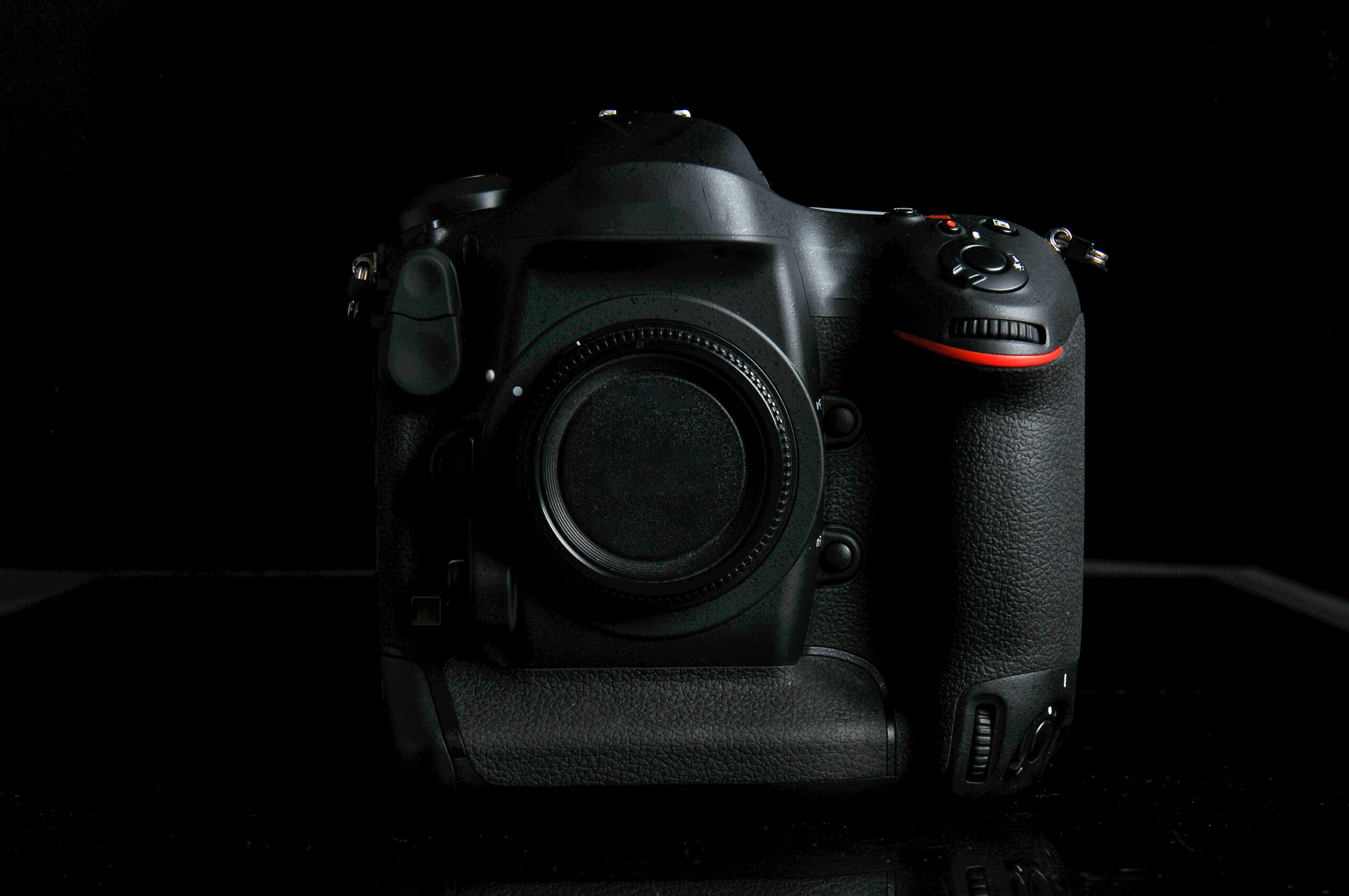
The year was 2019 when my then-editor decided I look into a story about left-handed cameras. Still relatively new to photography, I thought it was a surprising request—do people really care about left-handed cameras? And oh boy, how wrong I was. A little digging made me realize that the biggest camera brands in the industry have not really thought of designing a camera for such niche needs. But don’t you think it is high time that we cater to the needs of our lefty friends and colleagues?
Left-handed cameras are necessary, whether one likes to believe it or not. An example would be a petition filed by photographer Sylvia Cacciatore on Change.org, which we have covered previously. Cacciatore has a disability due to a brachial plexus injury sustained at birth, resulting in complete paralysis of her right arm. When she began photography, she found multiple limitations to using a right-handed camera with her left arm. Of the challenges she faced were not just using the shutter button but also changing varied settings, as most cameras have these functions located to the right.
Sylvia is one of the 10% of the left-handed population whose needs are deliberately overlooked. I wonder what stops brands from making left-handed cameras. If one speaks about demand, you already have a market to cater to. While some left-handed people have begun to adapt, a lot of them still struggle. Some use battery grips and then turn the camera vertically or upside down to capture images. Some rely on the design of a customized camera rig. But why does one have to go to such lengths?
In the past, some camcorders have achieved what most camera companies can’t do: a left-handed design. For instance, the Samsung HMX-Q10BP is one option that allows one to use the camcorder with both right and left hands. The Yashica Samurai Z-L is another camera that allows lefties to capture the moments uninterrupted. In fact, Nikon had a left-handed F100 version, per Ken Rockwell, who said it was loaned to him by the company. However, for whatever reason, the company decided against the production, and here we are again. There was also an analog film camera by Exakta, the VX1000, which is no longer seen that easily. Then the last one, which is largely for ambidextrous use, is the Canon Powershot N, a small device that gives you the freedom to shoot how you want.
The above examples only prove that left-handed cameras have been invented, but the rate of their success is the only result that could have hindered their production. While companies like Canon, Nikon, and Sony already have billion-dollar shares, they still can’t think past their product. Sometimes, you need to think past profit margins and create something to help fulfill the needs of those often overlooked by society. Let’s say that of the 8.2 billion people in the world today, only 1% of the left-handed population buy this camera; they still get a chance to cater to 82 million people. Honestly, that number is quite significant. In fact, if the camera industry picks up, the manufacturers will be facing more supply shortages.
As we enter 2025, we hope manufacturers do not fail us again. I don’t mean forgetting the photography community alone, but also creating devices that help people with disability in myriad ways. Otherwise, they are simply gatekeeping a craft that needs more diverse voices.

